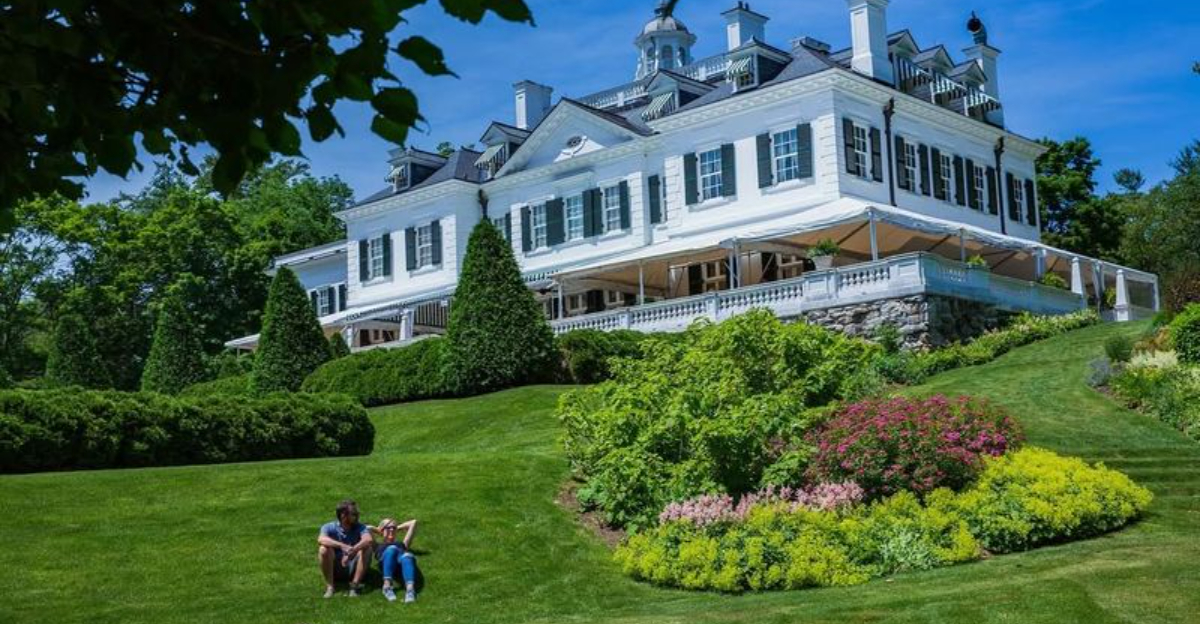Ever wondered where the magic behind your favorite novels began? Welcome to a world where reality and imagination collide, as we explore the very homes that inspired some of the most beloved books.
From cozy cottages to grand estates, each abode offers a glimpse into the environment that fueled a writer’s creativity.
These homes are more than just bricks and mortar—each one tells a story, whispering secrets of literary genius. Journey with us as we unlock the doors to 21 real homes that inspired unforgettable tales, and discover how these spaces shaped the narratives we cherish.
1. Hill Top, Beatrix Potter
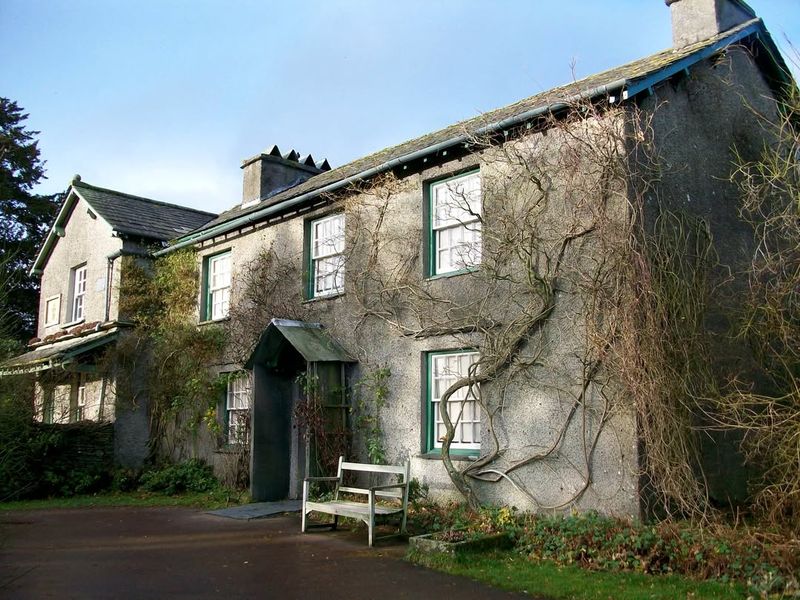
Step into a world where Peter Rabbit could easily hop through the garden. Hill Top, Beatrix Potter’s charming home in the Lake District, offers a glimpse into the world of her beloved characters. Its cozy, storybook architecture and vibrant gardens inspired countless tales of whimsical creatures.
Roaming through its rooms feels like entering one of Potter’s pages, where reality and imagination blend seamlessly. She used her first royalties to purchase the home, forever linking her literary success with the land that fueled it.
2. The Mount, Edith Wharton

If walls could talk, The Mount would share tales of opulence and creativity. This grand estate in Massachusetts was the home of Edith Wharton, where she penned ‘The House of Mirth.’ With its classical architecture and elegant interiors, it’s a testament to Wharton’s design prowess.
The gardens offer a tranquil escape, reflecting the symmetry and beauty she adored. Ever wonder how it feels to write in such grandeur?
3. Monk’s House, Virginia Woolf
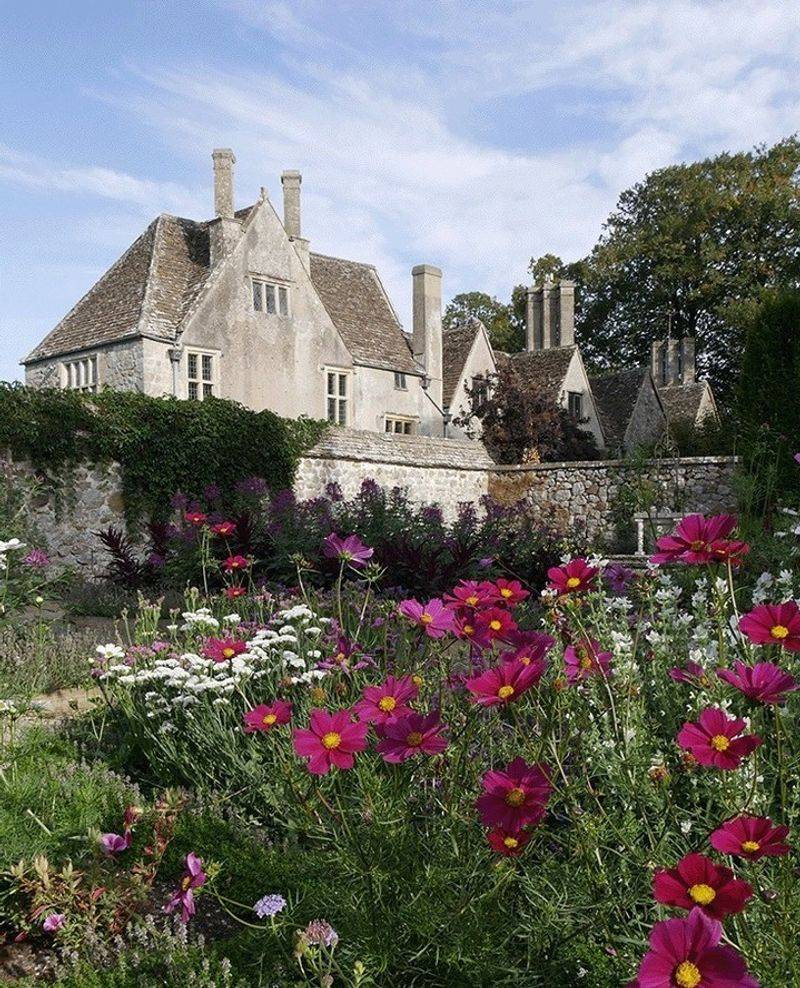
What inspires a literary genius? For Virginia Woolf, it was Monk’s House, her serene Sussex retreat. Its quaint and cozy charm provided the perfect escape for Woolf’s creative mind. Imagine her strolling through the gardens, contemplating her next novel.
The home’s eclectic decor reflects Woolf’s vibrant personality. Did you know she entertained many literary figures here, making it a hub of intellectual discourse?
4. Alnwick Castle

Alnwick Castle, in Northumberland, England, is a majestic fortress that became an inspiration for Hogwarts in J.K. Rowling’s Harry Potter series. Its grand stone towers and sweeping landscapes create a magical ambiance, allowing visitors to step into a world of witchcraft and wizardry. The castle also frequently opens its doors for various events, further immersing fans into its enchanting lore.
5. Greenway, Agatha Christie
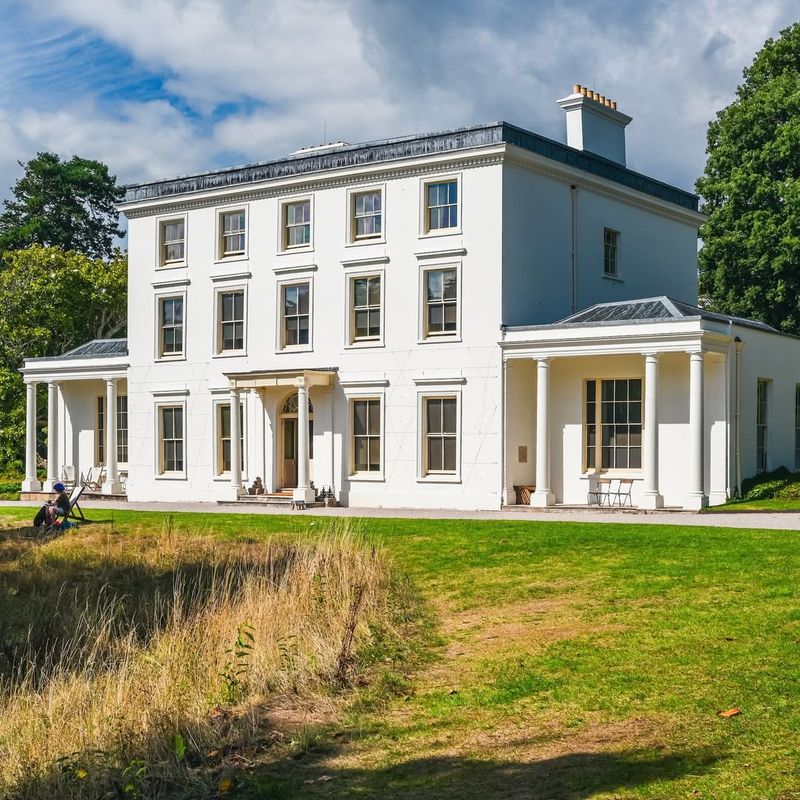
Ever pondered where Hercule Poirot may have solved his mysteries? Look no further than Greenway, Agatha Christie’s beloved holiday home. This Georgian mansion in Devon brims with charm and intrigue, much like her novels.
The house, filled with intriguing artifacts, remains a testament to Christie’s love for storytelling. Fancy a mystery of your own?
6. Casa Guidi, Elizabeth Barrett Browning
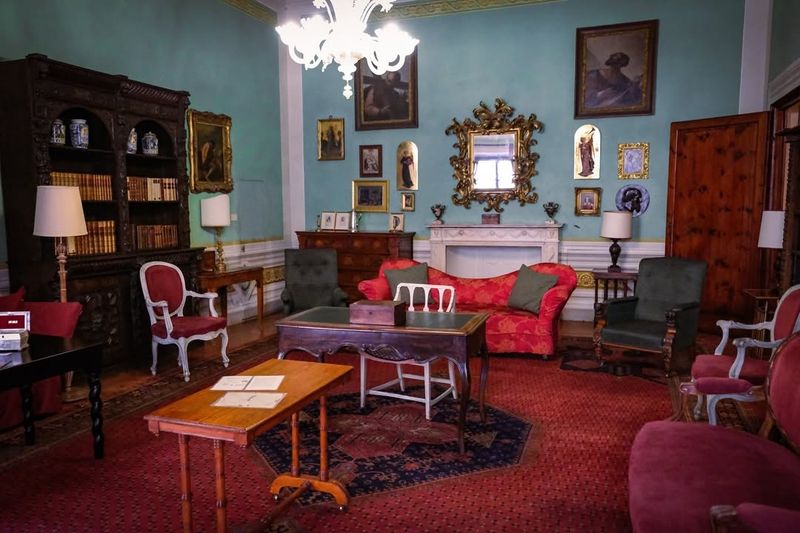
With a view worthy of poetry, Casa Guidi in Florence was the retreat of Elizabeth Barrett Browning. This 15th-century palazzo was where she found solace and inspiration. Picture Browning composing verses while overlooking the bustling cityscape.
The richly decorated interiors echo with her poetic legacy. Did you know she wrote ‘Aurora Leigh’ here, a masterpiece of Victorian literature? A visit here feels like walking through poetry itself.
7. Shandy Hall, Laurence Sterne

Could a home be as quirky as its owner? Shandy Hall, the former abode of Laurence Sterne, author of ‘Tristram Shandy,’ might just be. This charming house in North Yorkshire reflects Sterne’s eccentric spirit.
Filled with literary memorabilia, it’s a treasure trove for any book lover. Imagine wandering its whimsical garden, a place where Sterne’s imagination ran wild. Did you know it’s now a museum dedicated to his life and work?
8. Haworth Parsonage, Brontë Sisters
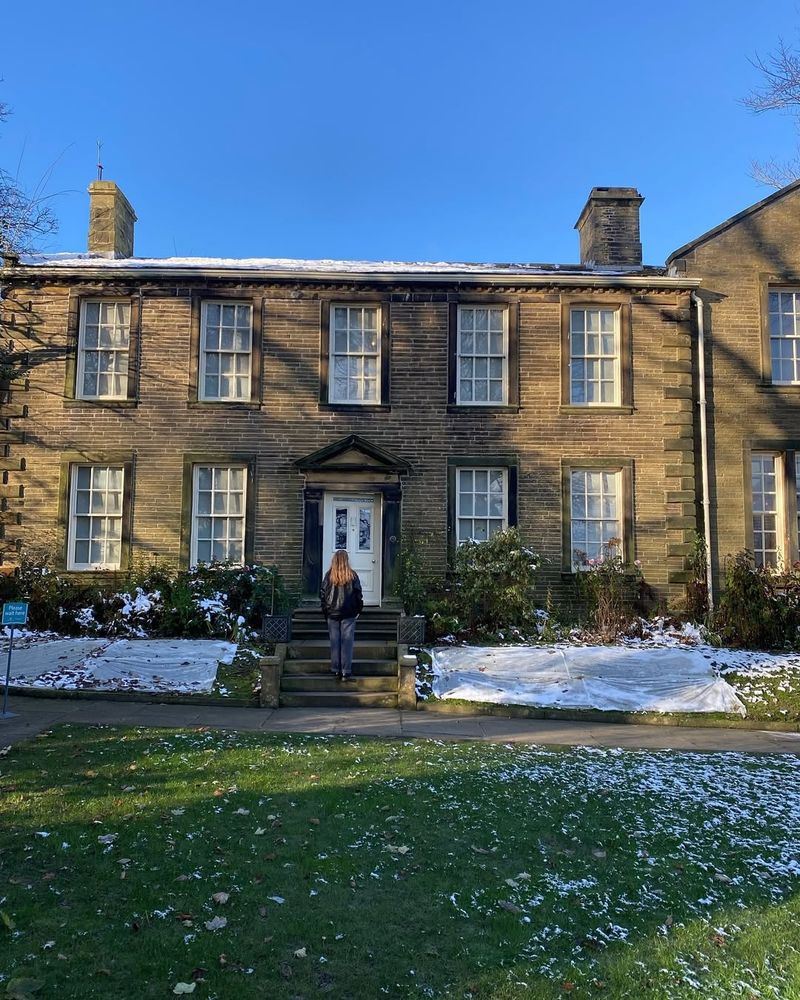
Nestled in the Yorkshire moors, Haworth Parsonage was the birthplace of the Brontë sisters’ iconic works. The rugged landscape surrounding the house mirrors the intense emotions woven into *Wuthering Heights* and *Jane Eyre.*
Personal items throughout the home offer glimpses into their lives, sparking curiosity about how the moors influenced their art. What inspiration might the windswept landscape hold for future generations?
9. Villa Diodati, Lord Byron
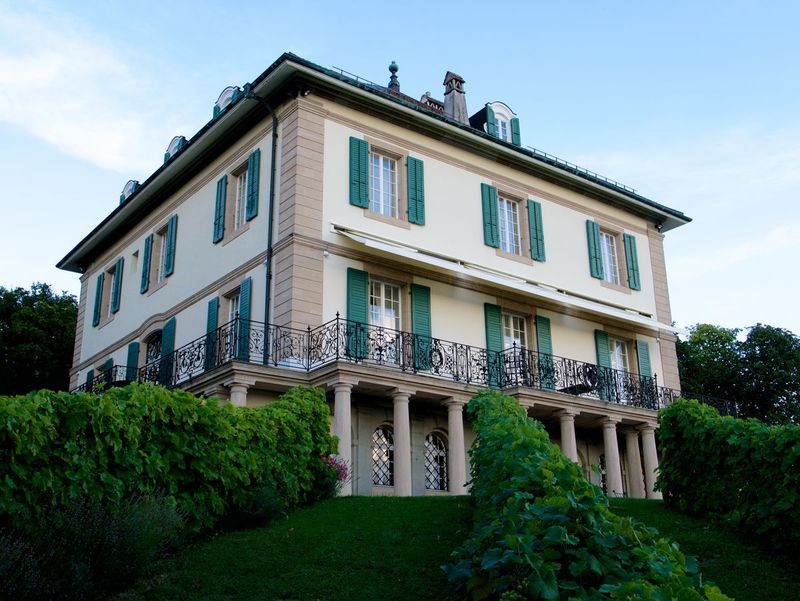
Dark and stormy nights have a home too—at Villa Diodati, where Lord Byron resided. This lakeside villa in Switzerland was the birthplace of Gothic horror. Byron, Shelley, and Polidori gathered to spin tales that would forever haunt literature.
With sweeping views and dramatic ambiance, the villa serves as a muse for the macabre. *Frankenstein* was conceived here during a legendary ghost story session. Fancy a tale by the fire?
10. Allan Bank, William Wordsworth
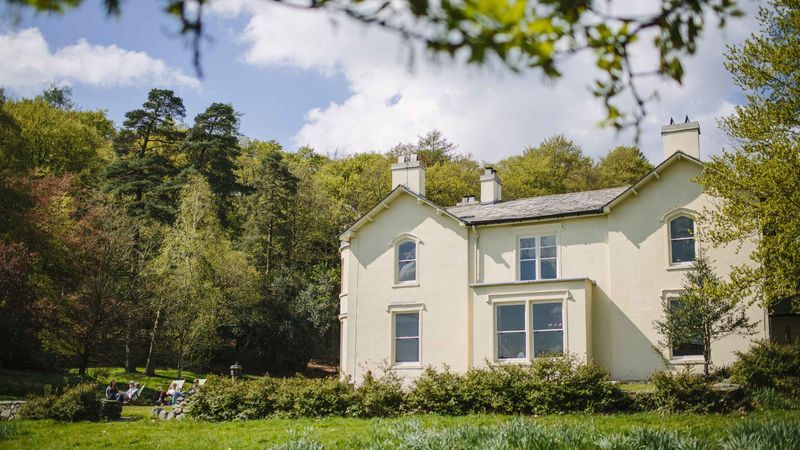
Nature’s rhythm pulses through Allan Bank, once home to William Wordsworth. Nestled in Grasmere, this retreat provided calm, reflection, and creative clarity.
Rooms steeped in quiet thought echo with the footsteps of the Lake Poets. Did you know it became a gathering place for literary minds? What lines might take shape in such peaceful surrounds?
11. Chawton House, Jane Austen
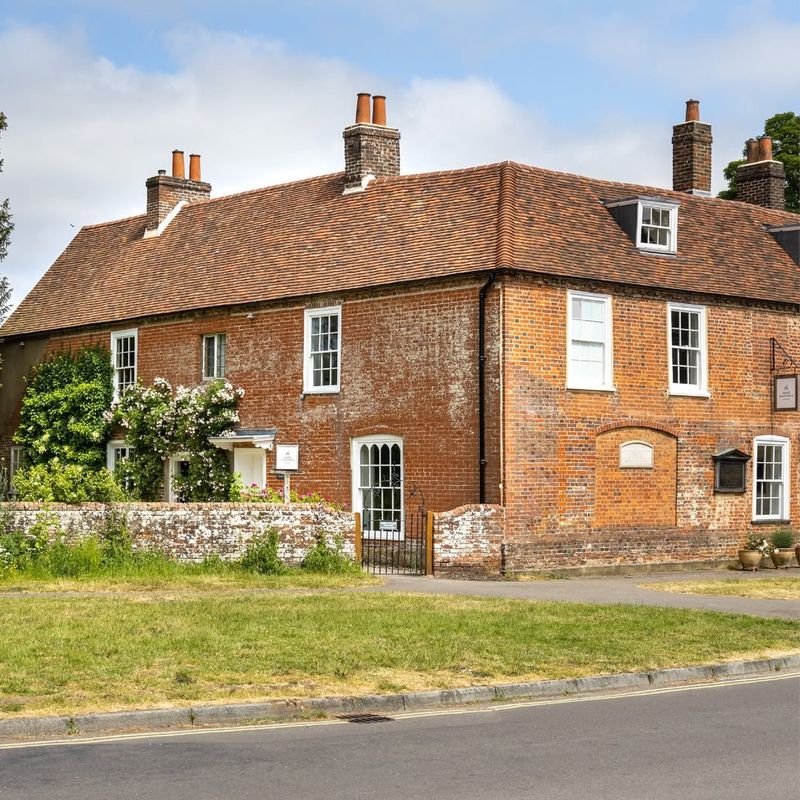
Jane Austen aficionados rejoice—Chawton House is a must-see! This Hampshire manor was home to Austen’s brother and a frequent retreat for her. With its elegant rooms and sprawling gardens, it’s easy to picture Austen penning her beloved novels here.
The library, filled with rare books, echoes with her literary spirit. A stroll here feels like a walk through Regency England.
12. The Old Vicarage, Rupert Brooke
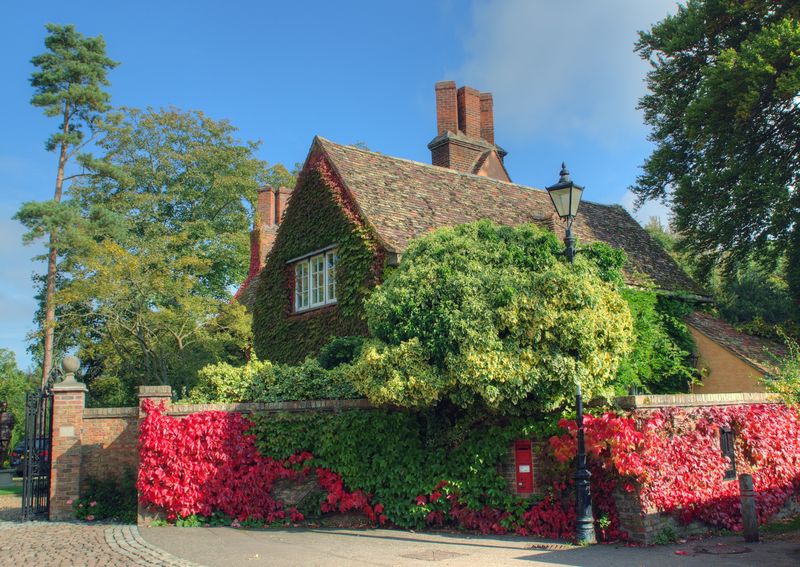
A poet’s heart finds solace at The Old Vicarage, the one-time home of Rupert Brooke. Nestled in Cambridgeshire, this idyllic retreat inspired much of his wartime poetry. Picture Brooke gazing upon the garden, reflecting on life and loss.
Few realize that *The Soldier* was penned within these walls, echoing the heartbreak and hope of a generation. Which verses still whisper through the rooms?
13. Gad’s Hill Place, Charles Dickens
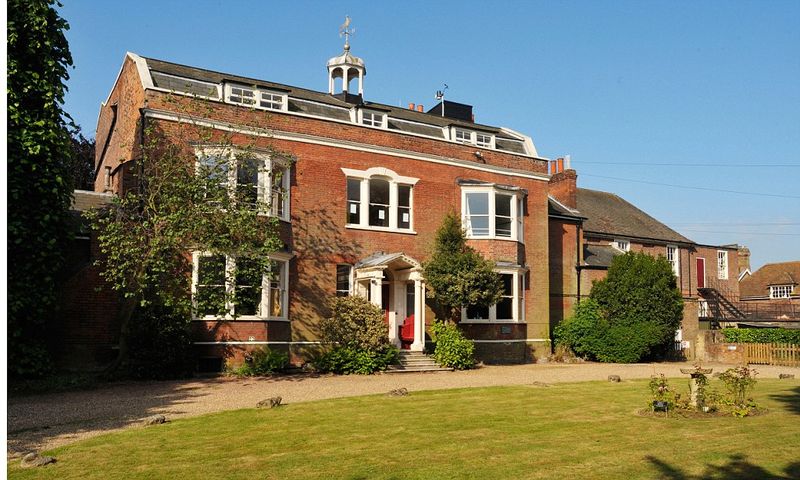
Where does a literary giant find inspiration? At Gad’s Hill Place, Charles Dickens found his muse. This grand Victorian mansion in Kent was his cherished home, where he penned many classics.
The house, rich with personal artifacts, offers a glimpse into his life. Did you know he wrote ‘Great Expectations’ here? What tales might you craft in such a setting?
14. Blenheim Palace, Winston Churchill
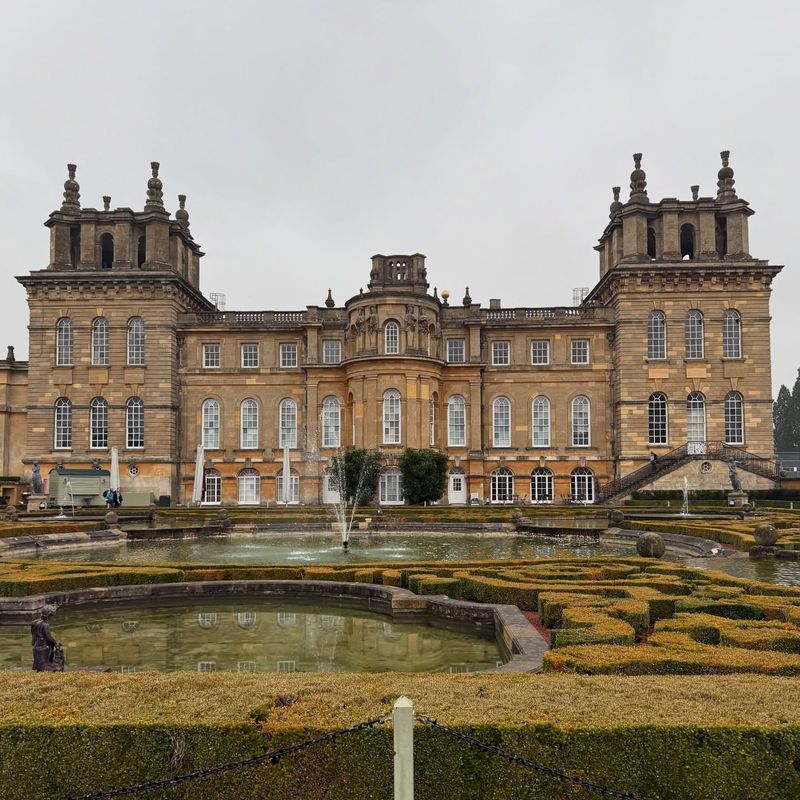
Majesty and history converge at Blenheim Palace, the birthplace of Winston Churchill. Though primarily known for politics, Churchill was an accomplished writer. This opulent palace in Oxfordshire shaped his worldview and inspired his eloquence.
Did you know he won the Nobel Prize in Literature? The palace, a monument to legacy, whispers stories of leadership and literary achievement.
15. The Orchard House, Louisa May Alcott
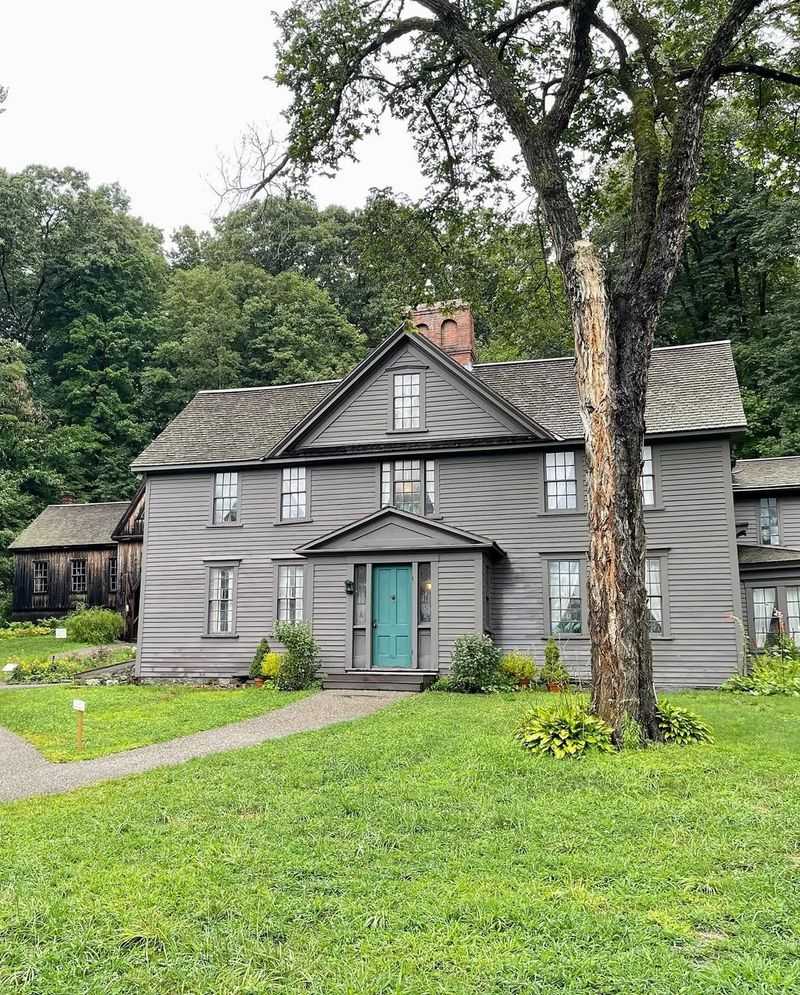
A slice of Americana, The Orchard House was home to Louisa May Alcott. Nestled in Concord, Massachusetts, it’s where she wrote *Little Women.* The home’s charming simplicity reflects the warmth of the March family’s story.
Alcott wrote from a modest desk in her bedroom, surrounded by the familiar comforts that shaped her imagination. Did you know it’s one of the oldest literary homes in the U.S.? What stories might these walls tell?
16. Carlton House Terrace, John Nash
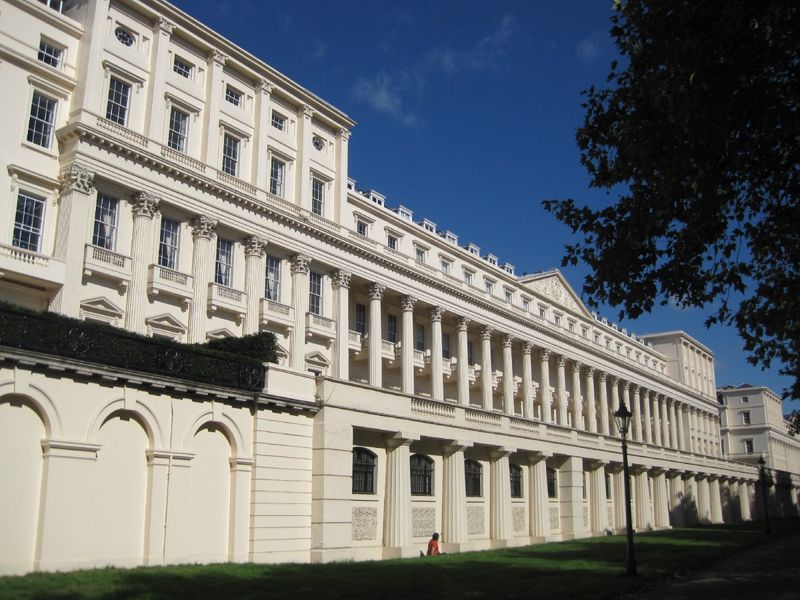
Stately elegance finds its home at Carlton House Terrace, designed by the famed architect John Nash. Though Nash was not a novelist, his architectural genius inspired many. This London terrace, with its Regency style, reflects the opulence of the era.
Just think about you strolling along its corridors, surrounded by history. Did you know it’s now home to the Royal Society? The terrace whispers tales of innovation and grandeur.
17. Keats House, John Keats
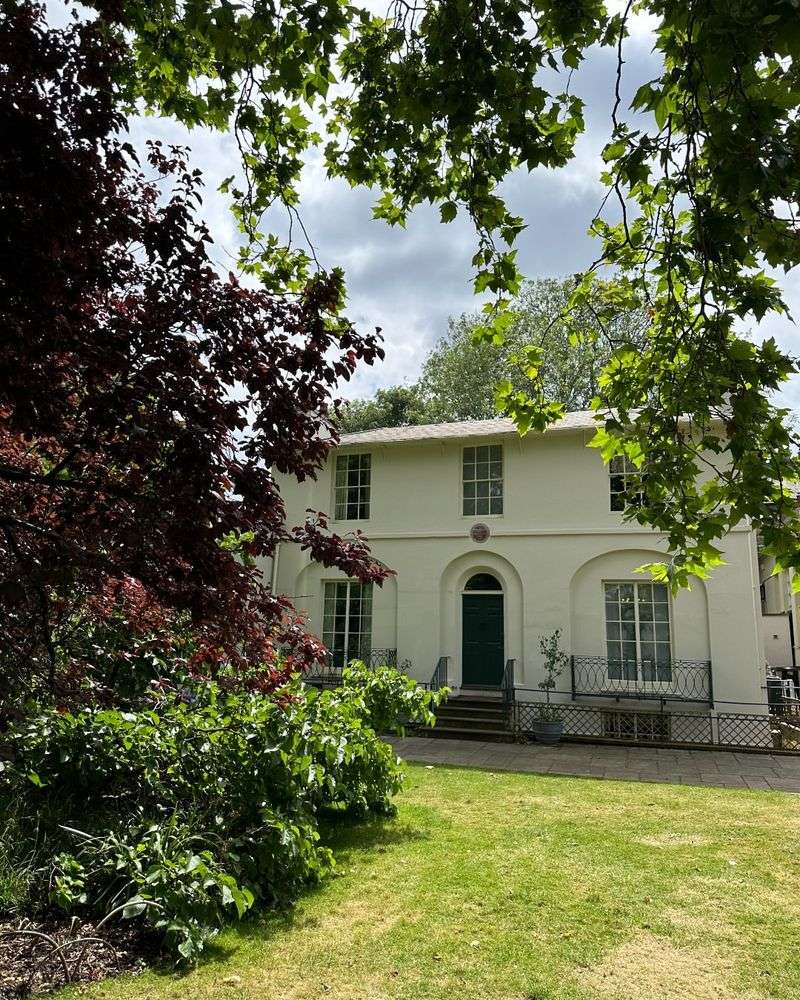
Poetry finds its voice at Keats House, where John Keats lived and loved. This idyllic Georgian villa in Hampstead was the setting for many of his most famous works. Keats often drew inspiration from the garden’s quiet charm, capturing beauty in simplicity.
The house, filled with personal mementos, echoes with his poetic legacy. Did you know he wrote *Ode to a Nightingale* here? What verses might begin to form in such a space?
18. Maison de Balzac, Honoré de Balzac
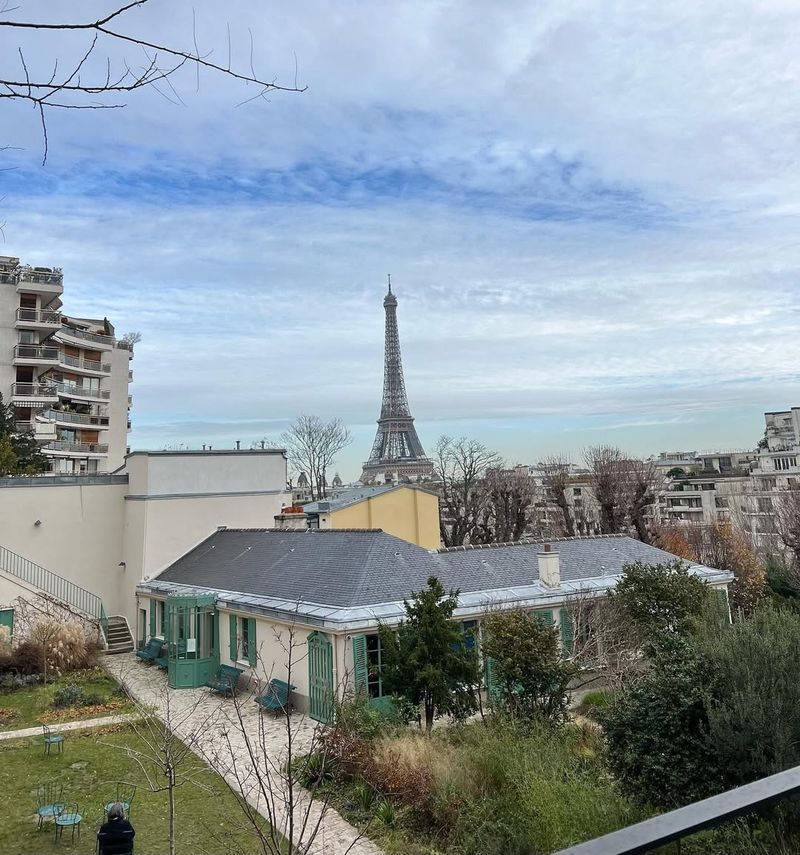
In the heart of Paris, Maison de Balzac stands as a testament to literary genius. This charming townhouse was home to Honoré de Balzac, where he crafted *La Comédie Humaine.* Balzac worked tirelessly here, capturing the complexities of French society from his modest writing room.
The house, complete with a quaint garden and layered history, remains a beacon of inspiration. Did you know it’s now a museum dedicated to his life’s work?
19. Steventon Rectory, Jane Austen
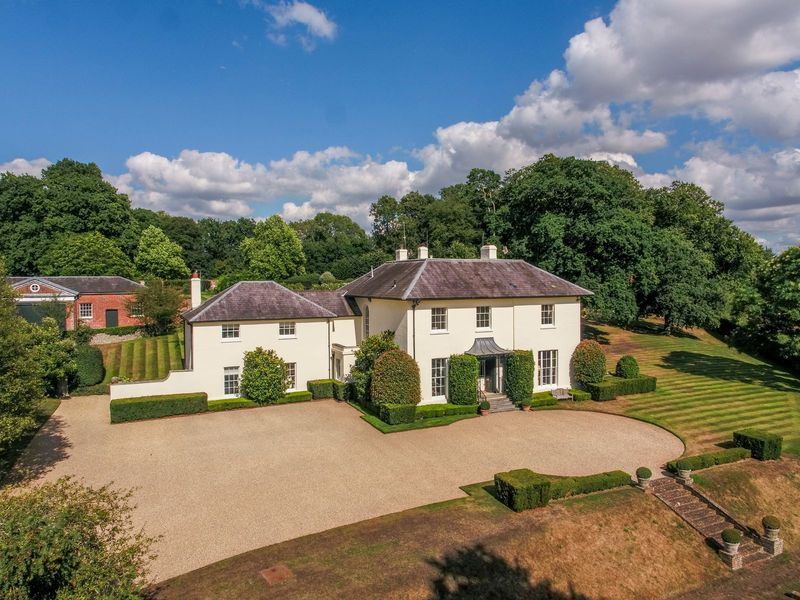
Before Pemberley, there was Steventon Rectory—Jane Austen’s childhood home. This Hampshire rectory is where she began her writing journey. Picture young Austen, exploring the countryside, ideas forming for ‘Pride and Prejudice.’
The rectory, though no longer standing, lives on in her novels. Did you know she wrote ‘Sense and Sensibility’ here? What tales might you dream up in such pastoral beauty?
20. Sissinghurst Castle, Vita Sackville-West
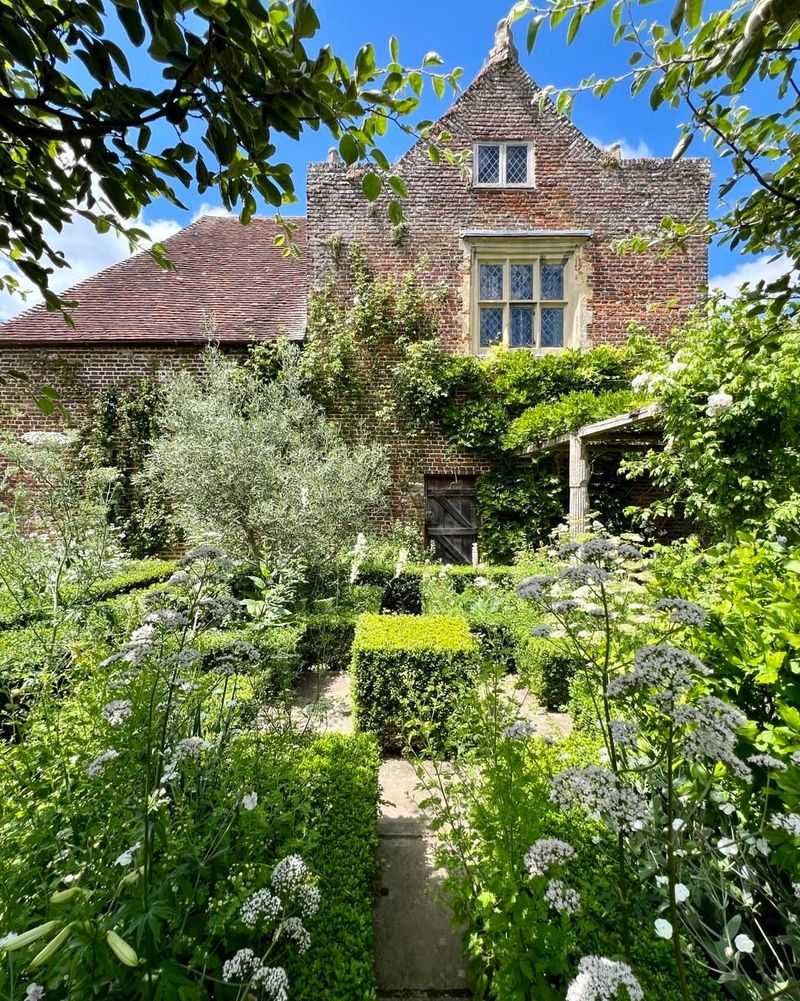
A gardener’s paradise, Sissinghurst Castle was home to Vita Sackville-West, a poet and writer. This Kent castle, with its renowned gardens, inspired her creativity. Sackville-West often tended to her blooms, finding poetry in nature’s rhythms.
The castle, filled with rich history, offers a haven for literary exploration. Did you know the gardens are world-famous, drawing visitors from afar? What inspiration might await among the flowers?
21. Heathcliff’s Wuthering Heights, Emily Brontë
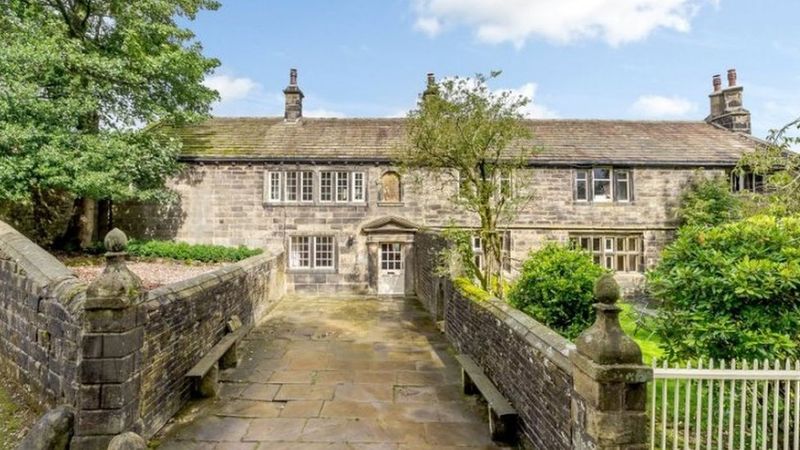
In the isolation of the Yorkshire moors lies the inspiration for ‘Wuthering Heights.’ Emily Brontë’s novel is as wild and untamed as the landscape itself. Imagine the fierce winds shaping the story’s tumultuous romance.
The moors, with their haunting beauty and solitude, breathe life into Brontë’s gothic tale. Ever wonder how such a desolate place could inspire such passion? What stories might you find in the whispers of the wind?

